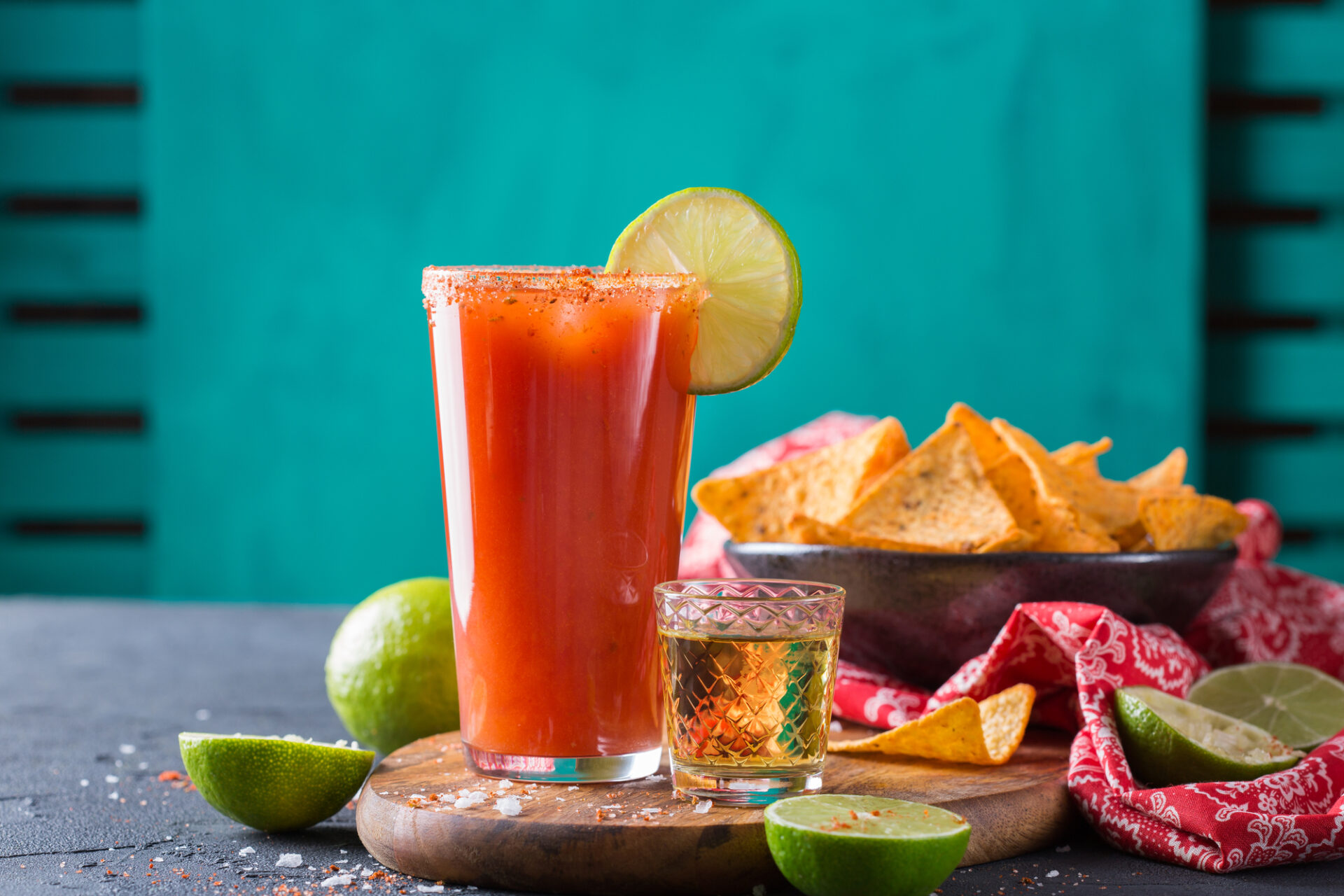When I suggest putting hot sauce into beer many of my beer-drinking buddies just shiver at the whole idea. They are nearly as repulsed as when I suggested adding tomato juice to their beers, but after a bit more research I think I have finally persuaded a few of them. Don’t knock it until you try it, hot sauce is the secret ingredient that can make almost any cheap beer taste incredible, and if chosen correctly, it can even enhance your favorite IPA or Sour too.
Hot sauce and beer are beloved culinary staples that have independently captured the hearts and palates of countless individuals around the world. The tangy, spicy kick of hot sauce and the refreshing, bubbly goodness of beer have long been sought-after indulgences for those with a penchant for bold flavors. However, a recent culinary trend has emerged that combines the heat of hot sauce with the intricate complexities of beer, creating a unique and tantalizing experience for adventurous taste buds.
The convergence of hot sauce and beer represents a meeting of cultures and flavors, bridging the gap between the zesty heat of chili peppers and the artistry of brewing. It is a testament to the human desire to push the boundaries of taste and discover new sensory experiences. What once seemed like an unlikely pairing has now captivated the imaginations of beer enthusiasts, daring them to explore a world of hot sauce recipes where the spice of the sauce intertwines harmoniously with the nuanced flavors of beer.
Join us as we embark on a fiery journey through the intersection of these two beloved food and beverage domains, unraveling the origins, experiencing the flavors, and uncovering the impact of hot sauce in beer on the ever-evolving brewing industry. Get ready to tantalize your taste buds and discover a whole new dimension of culinary delight!
Beer and Hot Sauce: The Basics
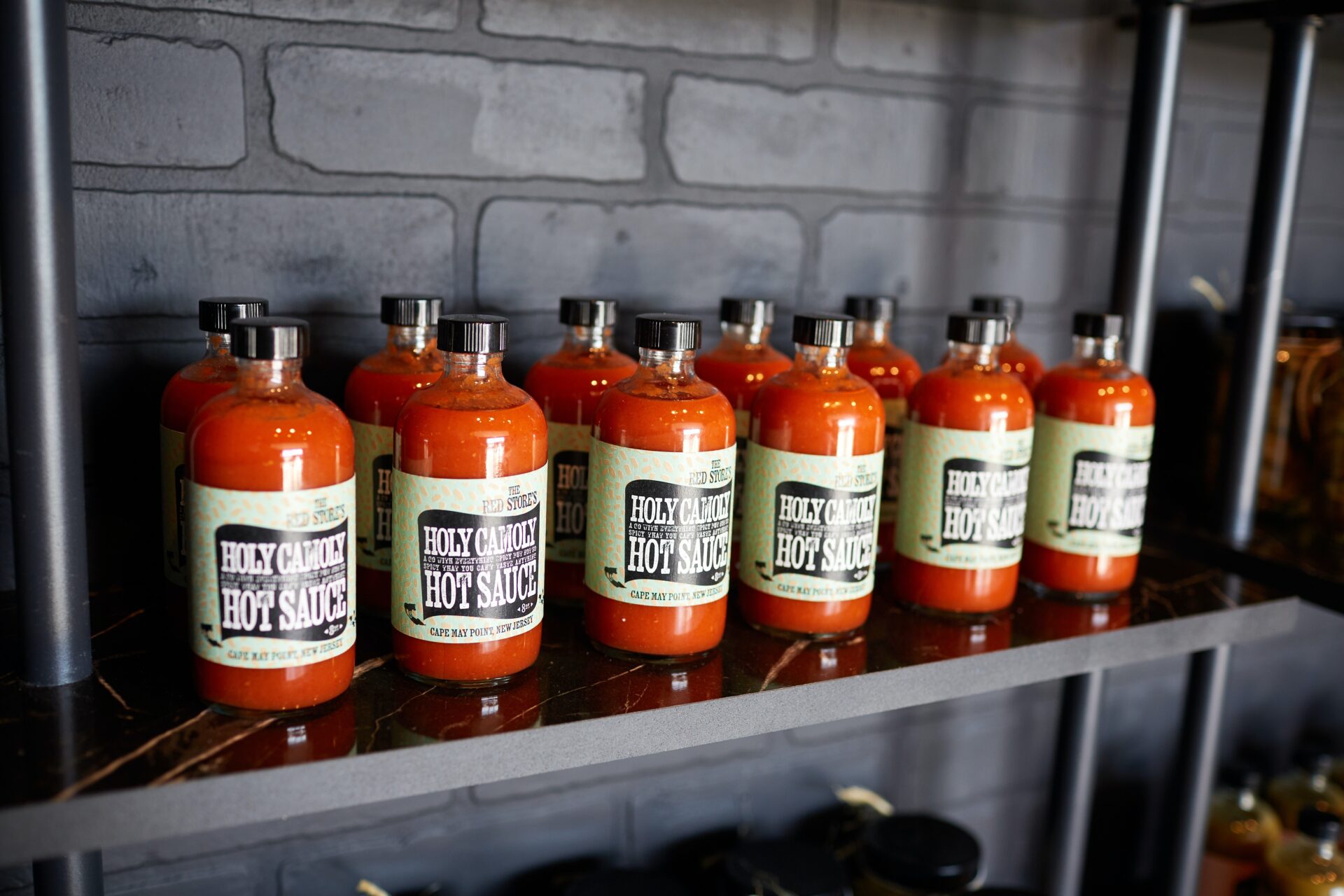
Hot sauce and beer mentioned in the same sentence to most beer drinkers probably means a Michelada, the popular Mexican beer cocktail and the forerunner to the mid-west craze of red beer. A Michelada is like a Bloody Mary but without the vodka, instead mixing light beer with tomato juice or, if you are going really fancy, Clamato (a blend of tomato juice and clams/clam brine), and adding some select spices, salsas or hot sauces.
Micheladas are just as popular in America as they are Mexico, if not more so. Bud Light even produce a premixed Michelada, Bud Chelada to satisfy the demand for Micheladas in the US. Our brothers over the border in Canada have even adopted the Michelada as their own national beer cocktail, the Ceasar.
Every summer needs a good BBQ, a good beer and a hot sauce. Some would even argue the idea of adding hot sauce to a beer is a desperate attempt at recreating a Michelada (or red beer as it is commonly known in the Mid West)!
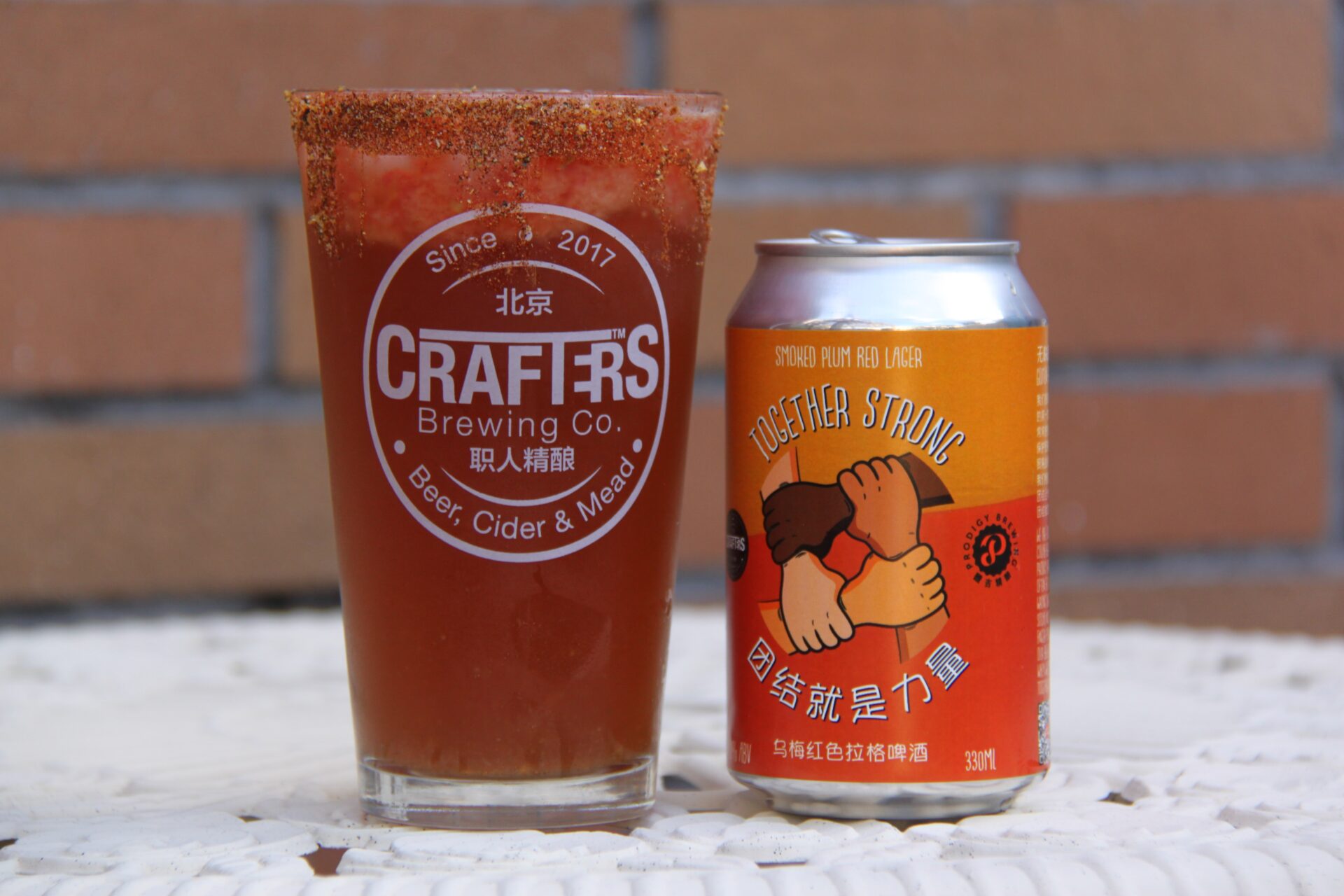
But a far more common reason to add hot sauce to a beer is to make a cheaper, bland domestic lager taste incredible. Apparently a decades-old cheap beer hack of many students was to add a few drops to the cheap bottles of beer they were drinking in their local dive bars. Most bars in the US stock some type of hot sauce, and normally it’s free. At a time when bars were charging premium prices for a premixed Michelada as a beer “cocktail”, adding your own hot sauce to a beer was a less expensive alternative, basically a poor man’s Michelada.
The hot sauce would often not make the beer taste too different, depending on how much you added, but would make the cheap beer taste like a much better version of itself with just a slight kick of spice for an aftertaste
The Science Behind Hot Sauce and Beer
Nobody likes to focus on science too much (unless you’re s scientist of course), but as a beer geek, the reasons why hot sauce can make beer taste so much better and the chemical reactions that occur can help us appreciate the unique sensory experience it offers. Hang on tight, I’ll try and keep it brief!
At the heart of hot sauce’s heat is a molecule called capsaicin. Capsaicin is responsible for the fiery sensation we experience when consuming chili peppers. When capsaicin comes into contact with the taste buds on our tongues, it binds to specific receptors known as TRPV1 receptors, which are responsible for detecting heat. This binding triggers a response that our brain interprets as spiciness or heat.
When hot sauce is added to beer, the capsaicin in the hot sauce interacts with various components of the beer, leading to an altered flavor profile and sensory experience.
One key aspect is the fat-solubility of capsaicin. Capsaicin is soluble in fat and oil, which means it can bind with the oils and lipids present in the beer. This interaction intensifies the heat perception, making it more pronounced and longer-lasting. The capsaicin molecules distribute throughout the beer, allowing the heat to be experienced throughout the palate, rather than being localized to specific areas of the tongue.
Additionally, the carbonation and effervescence of beer play a crucial role in the overall experience. The bubbles help disperse the heat throughout the mouth, ensuring an even distribution of spiciness and preventing overwhelming concentration in one area. The effervescence also provides a refreshing contrast to the heat, creating a dynamic and enjoyable sensory experience.
The bitterness of hops, a fundamental component of beer, can also interact with capsaicin. Hops contain bitter compounds called alpha acids, which contribute to the characteristic bitterness in beer. The bitterness of hops can counteract and balance the heat of capsaicin to some extent, creating a harmonious interplay of flavors and enhancing the overall taste experience.
The interaction between capsaicin and the compounds in beer is also dependent on the specific beer style and the hot sauce being used. Different beer styles have varying flavor profiles, ranging from light and crisp to rich and malty. Some beer styles, such as IPAs (India Pale Ales) with their pronounced hop bitterness, can provide a robust platform for the heat of hot sauce to showcase its intensity. On the other hand, milder beer styles, like lagers or wheat beers, can offer a more delicate backdrop for the heat to mingle with the beer’s subtler flavors.
Additionally, hot sauces will often contain other flavor compounds such as vinegar, garlic, herbs, and spices. These additional components in hot sauce contribute their own distinct flavors to further enrich the overall taste experience when combined with beer.
Which Hot Sauce Is Best To Mix With Beer?
Although there are a myriad of hot sauces available here in the US today not all of them are particularly suited to mix with beer. In general you should avoid any hot sauces which are eye-watering hot such as Carolina reaper sauces as they will tend to overpower the beer and will certainly make it more difficult to drink (hot sauce and beer roulette can be a fun game at parties, unless of course your spinner lands on the Reaper sauce!).
Likewise it is best to avoid hot sauces which have other stronger ingredients or more pungent additions such as garlic, coriander or horseradish.
Here are our favorite six hot sauces for mixing with beer for that incredible taste sensation to tingle on your tongue.
Louisanna Pure Crystal Hot Sauce
Perhaps the most widely available hot sauce in the US, you will find this classic sauce on the shelves of 7/11 across the nation. Simple and relatively mild, Crystal mixes with beer for one of the most drinkable “Micheladas” we can drink all day long.
The thinner texture of this sauce means it mixes better with the beer rather than just sinking to the bottom of the glass as found with some of the thicker sauces we tried, for a more even taste to your entire drink.
Frank’s RedHot Original Cayenne Pepper Sauce
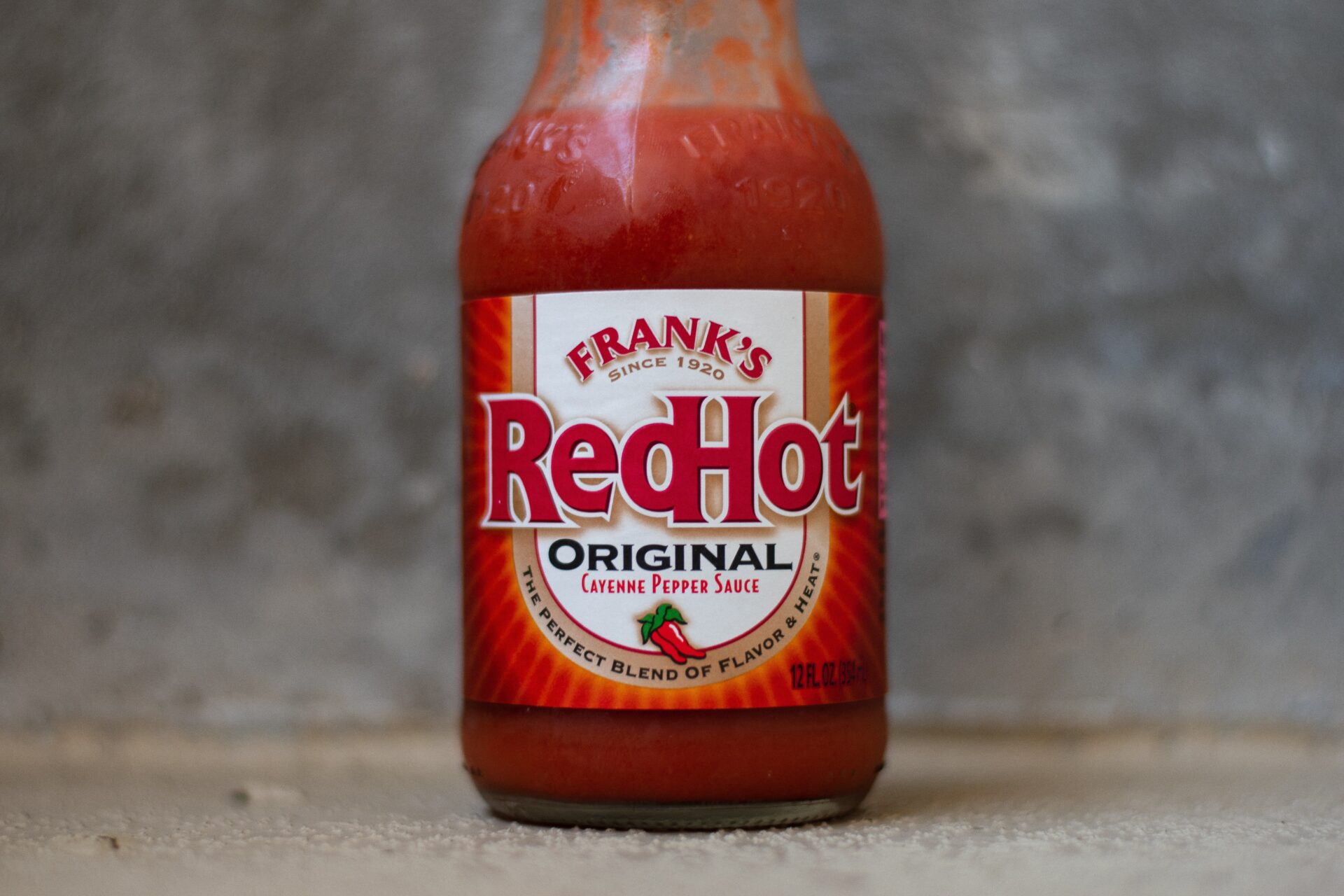
You may be more used to Franks Red Hot with your buffalo wings, but it also mixes great with light beers. With a slightly milder flavor than most of its competitors, it offers a great kick on the front of the palate when mixed with beer, but the spices slowly settle. This is a hot sauce which is ideal for those beer lovers with a lower heat tolerance. Again the viscosity of this sauce is low, allowing it to mingle better with the beer.
Red Clay Original Hot Sauce
Red Clay is the hot sauce of choice for those chilli-heads in the know. Not too spicy and yet not too mild, the heat level of this sauce is ideal for most beer lovers. The simple heat allows the beer to shine through, while a bright spice coats the palate. You will want to keep a bottle of this sauce handy for those next hot sauce beer sessions, and it also goes well with your favorite rice bowls too.
Tabasco Original Cayenne Sauce
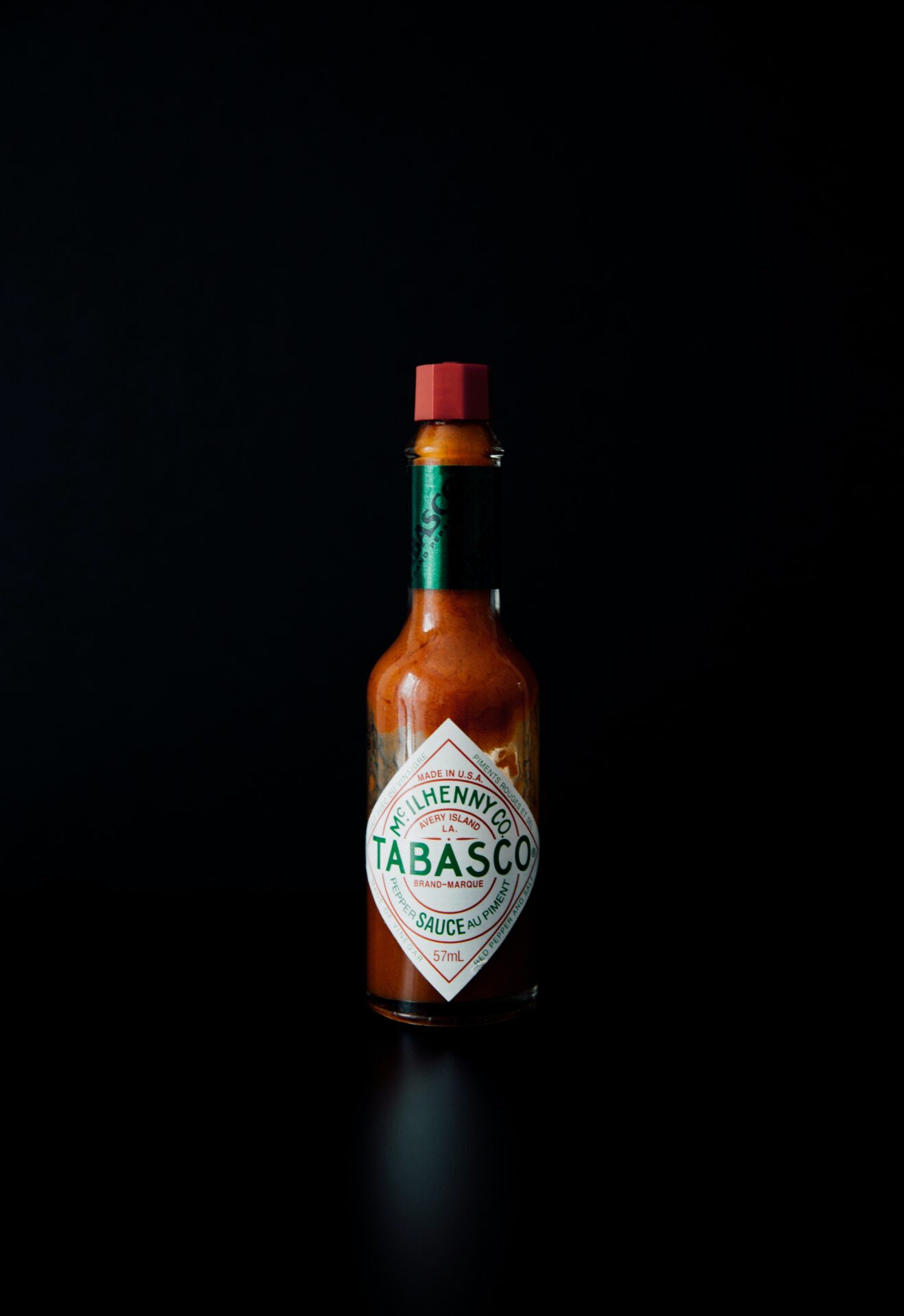
A staple of Bloody Marys worldwide, Tabasco also goes extremely well with beer, especially those light Mexican lagers. the fruity aromas of this cayenne-based sauce are perfectly complimented by a fresh squeeze of lime when added to your beer. There is also a garlic version of this sauce where the garlic is so mild it shouldn’t detract from the refreshing nature of this summertime drink.
Cholula Chipolte Hot Sauce
If you fancy a bit of smokey flavor to your beer and hot sauce, you can’t go far wrong with a chipotle sauce. Cholula is the hot sauce used by the famous New York bar “Mother’s Ruin in their Loaded Tecate. This sauce lends its distinctive smoky flavor to any beer “cocktail” while not overpowering the milder flavors of Mexican lagers. The chipotle version of Cholula is not as spicy as the original flavor, making for a beer which is highly flavoursome but still easy to throw back.
The Original Louisiana Brand Original Hot Sauce
This hot sauce dates back to 1928 and originates from New Iberia in Louisiana. Its easy to see why it has gained such a loyal fanbase over the years, as the high-acid salty recipe goes beautifully with an ice-cold Mexican lager. You just need to add a squeeze of lime – there’s no need for any other extra seasonings for an enticing Michelada-style beer with hot sauce that’s easy to sip all day long.
Popular Examples of Beer With Hot Sauce
Perhaps one of the first mainstream bars to actually list beer with hot sauce on it’s menu was the popular “Mother’s Ruin” watering hole in New York City. They simply dash the top of a can of Tecate with Cholula hot sauce to produce the drink listed as a “Loaded Tecate”.
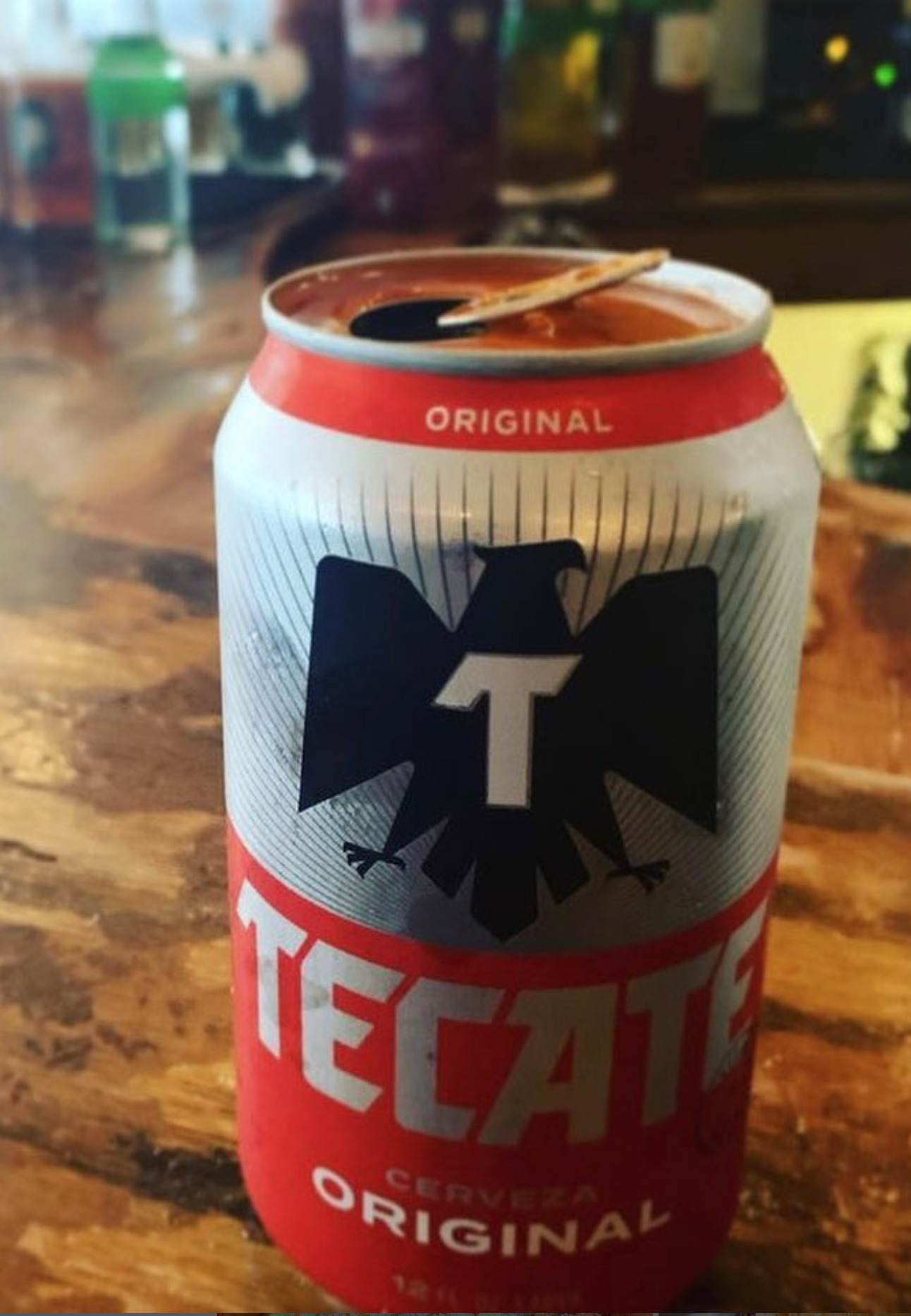
Taking inspiration from the Mother’s Ruin bar in New York, Chicago’s Pub Royale made their own version called a “dressed Hamm’s”. Wanting to make it Chicago’s own, they used ingredients that were definitely more Chicagoan. They took a can of Hamm’s beer, a Midwest staple, and dipped the rim in a spice mix of salt, sugar, and paprika before liberally dipping the top of the beer can in Valentina hot sauce from Jalisco in Mexico, where many Chicago residents originate from.
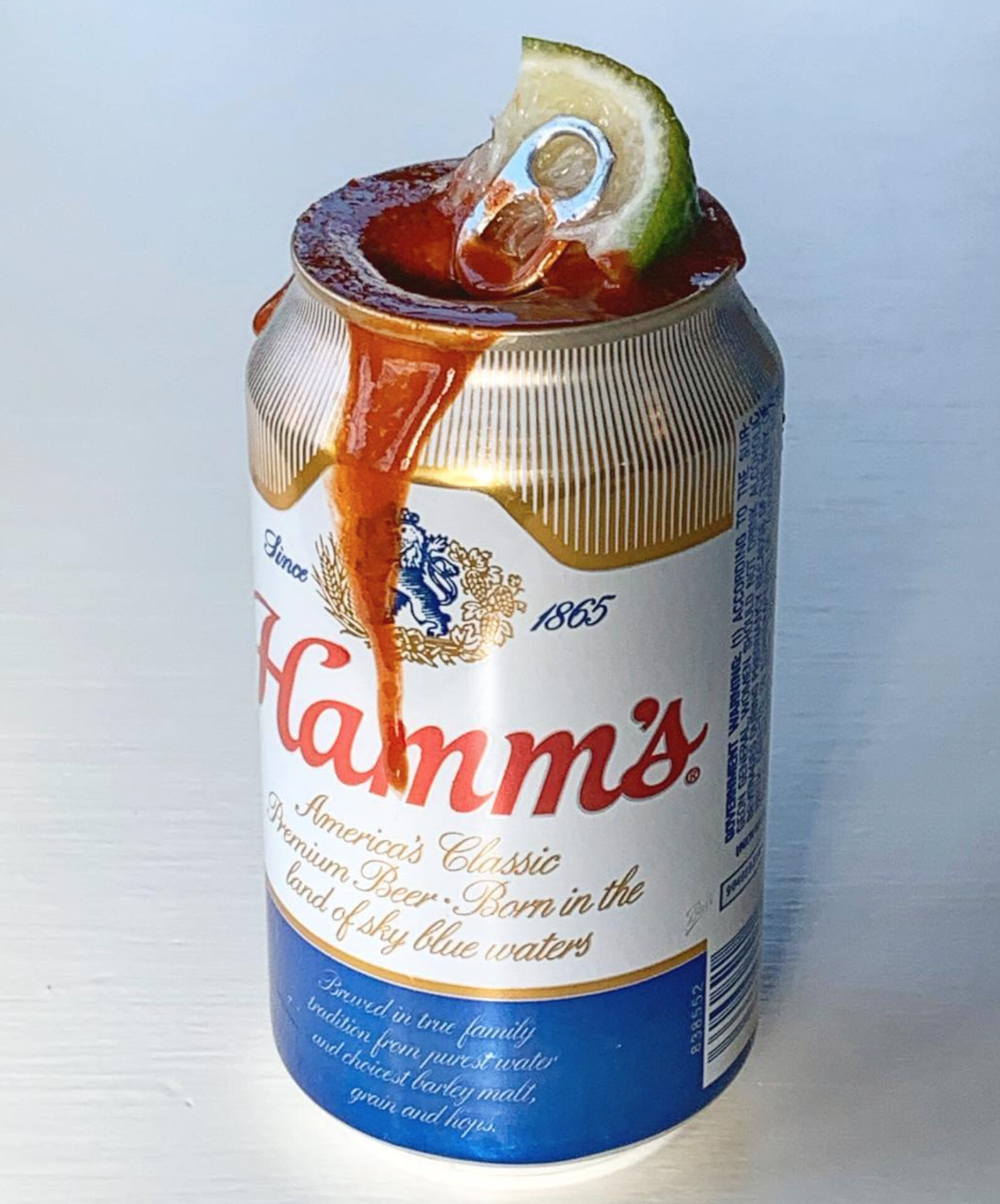
The “Dressed Hamm’s” has become an increasingly popular menu item at Pub Royale and they now rank in the top 10 Hamm’s accounts in the state of Illinois with dressed Hamm’s accounting for over half the Hamm’s beer they sell.
It’s not just about the beer and hot sauce mix served at bars though, many breweries have embraced the trend by incorporating chili peppers directly into the brewing process. From jalapenos to habaneros, these beers span a wide range of heat levels and flavor profiles. Some popular examples include Stone Brewing’s “Crime,” Rogue Ales’ “Chipotle Ale,” and Ballast Point’s “Sculpin Habanero.”
And in recent years collaborations between breweries and hot sauce makers have emerged, resulting in unique limited-edition releases. These partnerships offer an opportunity to create beers that perfectly complement specific hot sauces or to develop new hot sauces inspired by popular beer styles. The collaborative efforts between breweries like Dogfish Head and hot sauce makers like The Original Huy Fong Sriracha have gained significant attention.
Beer-Infused Hot Sauce – Reversing the Trend
We can’t talk about hot sauce and beer without looking at the craze for beer infused hot sauces. Just like beer lovers have found that hot sauce can perk up even the cheapest of beers, dedicated chefs have found adding beer to their hot sauce mixes can improve on almost any food pairing. Companies like Swag Brewery, a beer gifts company, now make packs of beer infused sauces with flavor such as Asian Sriracha, Garlic Serrano & Roasty Chipotle mixing carefully selected beers with different blends of Chillies and aromatics.
You can even make your own beer hot sauce at home in minutes with any leftover beer you may have (not a problem we have in our house too often!). I particularly like blending my favourite IPA with maple syrup, apple cider vinegar, Serano chillis and brown sugar for a very quick and easy hot sauce which has the citrussy hoppy flavor of an IPA running through it.
Hot Sauce in Beer – Last Call
Mock if you must, but adding hot sauce to your beer is not too different from pouring your favorite salsa over tortillas. After all, beer is mainly made up of water, yeast, and grains, just like a bread.
No harm ever came from experimenting and trying new flavors, you either like them or you don’t. Why not start off simple with a can of your favorite cheap domestic beer, whether its Bud Light, PBR, Hamms or even Miller High Life if you want to go a bit classier? Rim the top of the can with a salt and chilli powder mix before dousing the top of the can with a hot sauce. Add a wedge of lime and give it a sip. If it rocks your world the way it does for many beer lovers, try mixing it up a little with better quality beer and a more flavorsome hot sauce such as Cholula.
I’ve been told a Session IPA tends to go well with the fruity flavors of a cayenne-based sauce, and some of the fruit IPAs like a Pineapple Milkshake IPA take on a Carribean-jerk twist when mixed with a Haberno-based sauce.
Many beer lovers and tasters will attest there’s no better way to enjoy beer than adding a hot sauce. Why not give it a try and see what you are missing?

